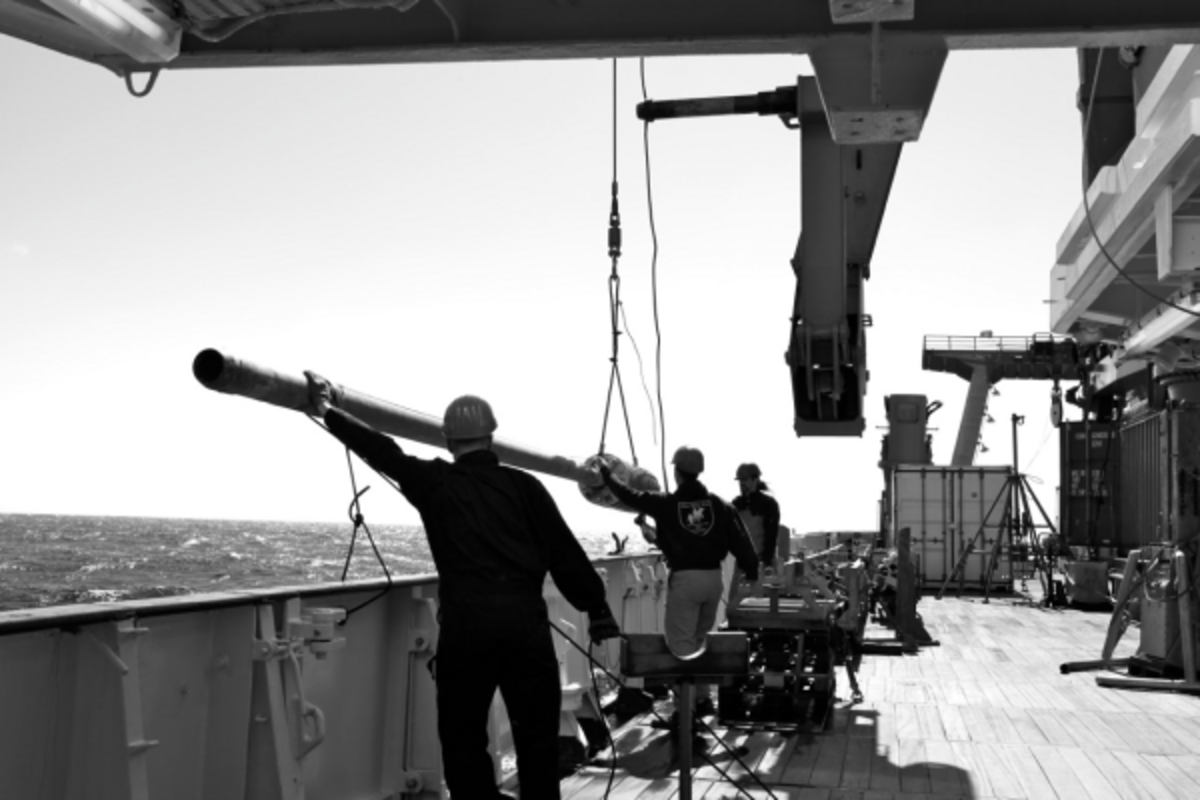Method / Description Phosphate
APPARATUS:
Eppendorfpipettes (10-100 µl , 100-1000 µl und 1-5 cm3)
Various volumetric flasks
Various cylinders and beakers
Various bottles to store the reagents
Photometer
REAGENTS:
H2SO4 (4.5 M): Mix 250 cm3 conc. H2SO4 and 750 cm3 pure water. Let cool and store in PE-bottle. Stable.
Ascorbic acid: Dissolve 10 g ascorbic acid in 50 cm3 pure water and add 50 cm3 H2SO4 (4.5 M). Store refrigerated in PE-bottle and replace weekly (Limit of storage is indicated by the development of a brownish color.)
Tartrate solution: Dissolve 2.5 g potassium antimonyl tartrate in 100 cm3 pure water and store refrigerated in PE-bottle. Stable.
Heptamolybdate reagent: Dissolve 4 g of ammoniumheptamolybdate-tetrahydrate in 30 cm3 pure water. Add this solution carefully to 90 cm3 H2SO4 (4.5 M) and add 5 cm3 tartrate solution. Stable for several months if stored refrigerated in a PE-bottle.
PO43--Standard (MERCK Titrisol ™) 1 g PO43- per liter.
Saltwater 36 g NaCl per liter pure water
STANDARDS:
Stock-Standard: Dilute (MERCK Titrisol ™) PO4-3-Standard with pure water to exactly 1 dm3. This solution contains 1 g PO43- per dm-3 (10.52 mM)
Work standard: Dilute the stock-standard with salt water in different relations to obtain standards with different concentrations for a calibration (5-6 calibration points).
Calibration range: 2.63-26.3 µmol/l (for pore water) and 0.526-5.260 µmol/l (for seawater samples).
PROCEDURE:
After 2 cm3 of pore water sample or standard were made up to 5 cm3 with pure water, 0.1 cm3 ascorbic acid and 0.1 cm3 heptamolybdate reagent are added. The absorbance can be measured after 10 minutes at 880 nm. Analysis of seawater samples does not require any dilution.
INTERFERENCES:
High concentrations of H2S (> 1mM) in the sample disturbe the measurements. Therefore these samples should be acified with 10 µl HCl (30%/suprapur) per cm3 sample and then be stored for 1-2 days, without lid, in a cool room.
(Don`t forget the dilution factor of the acid when you calculate the final result!)



